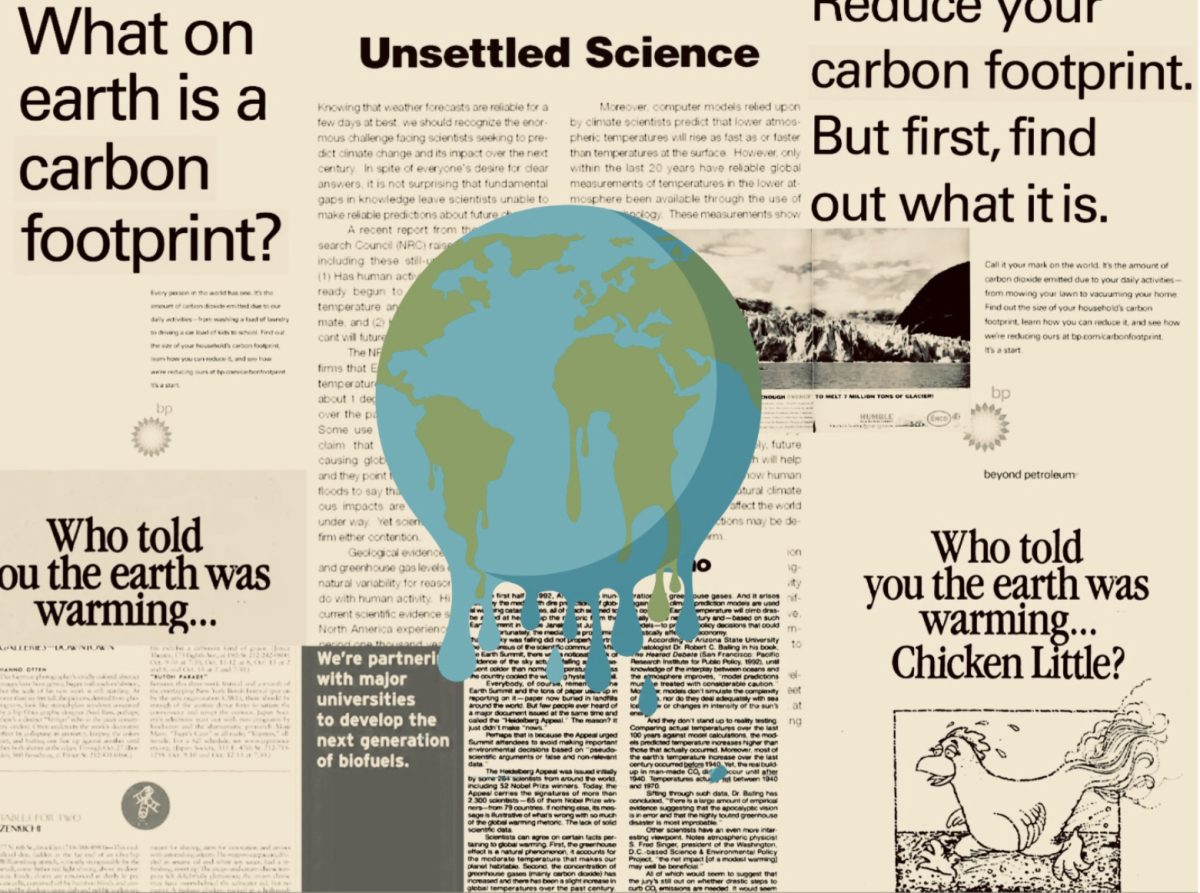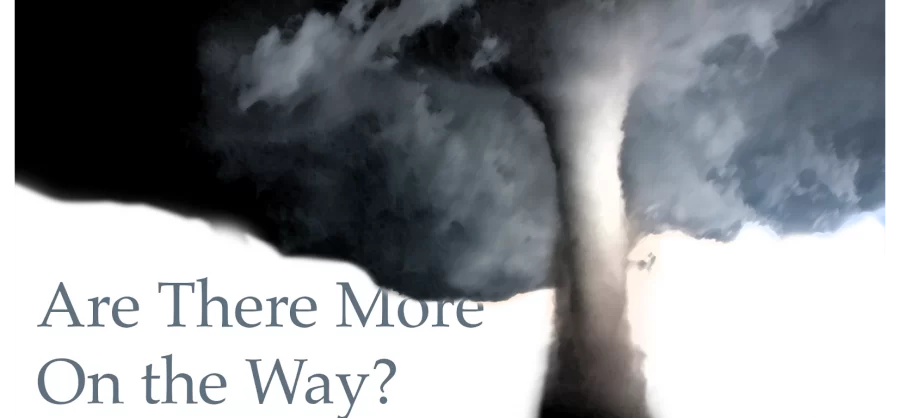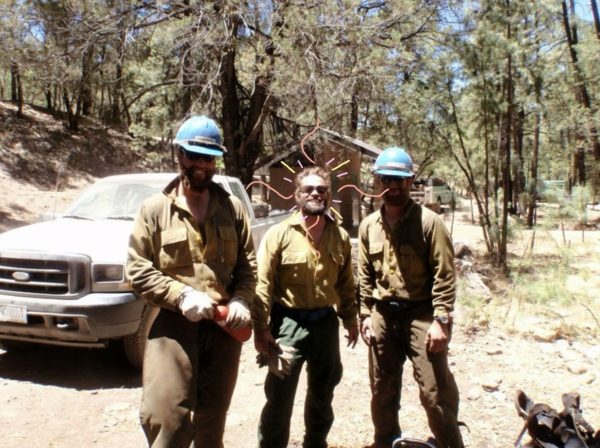Natural Disasters: Expect To See More
March 6, 2020
A devastating tornado swept through northern Tennessee early on Tuesday, March 3rd, leaving the city in shambles, with at least 24 dead and 38 missing.
According to AccuWeather, this tornado is the most deadly since 2013, when 24 people were killed in the small town of Moore, Oklahoma.
While tornados of this magnitude are a rare tragedy, scientists say that we can expect more natural disasters in the coming years. The Centre for Research on the Epidemiology of Disasters (CRED) has been closely monitoring and recording each natural disaster in a database called the EM-DAT since 1973. According to this database, the number of natural disasters has been increasing over the years, from 78 natural disasters in 1973 to 348 in 2004.
Scientists at NASA’s Earth Observatory are struggling to come to a consensus as to why this is happening. On one hand, as global temperatures rise, humidity increases at the poles. This decreases the temperature difference between the poles and the equator, which should, hypothetically, decrease the overall number of storms. On the other hand, increased global humidity could also increase the magnitude of storms, as water vapor is a key factor in the escalation of intense storms.
The reason NASA’s indecision is not accounted for in CRED data is EM-DAT’s classification of natural disasters. In order for a storm to be considered a natural disaster it must kill 10 people, and displace, injure or disrupt 100.
The findings of NASA and CRED point not to a global increase in storms, but instead a global increase in destruction. The storms, while not more numerous than in past years, are instead far more deadly.
































































